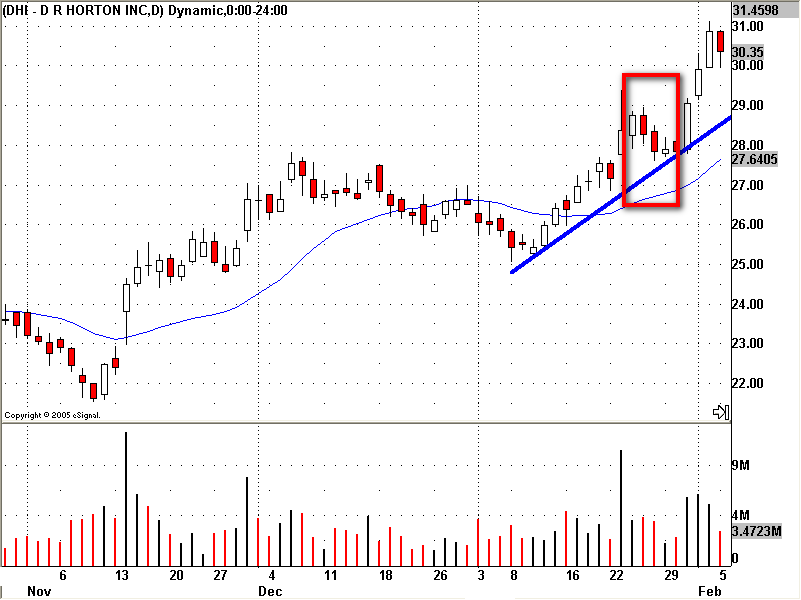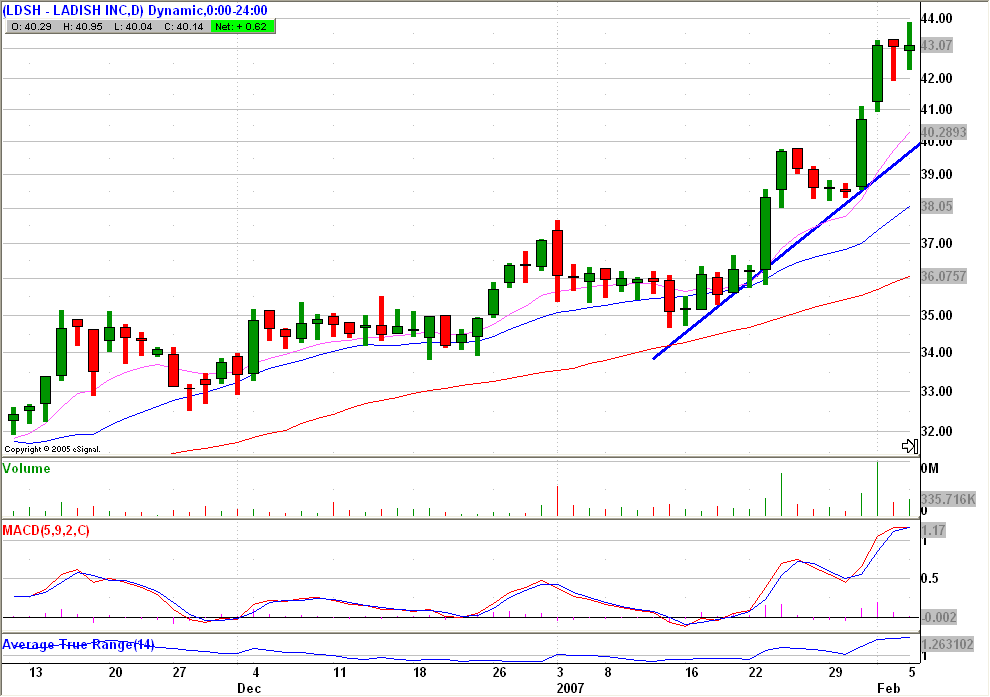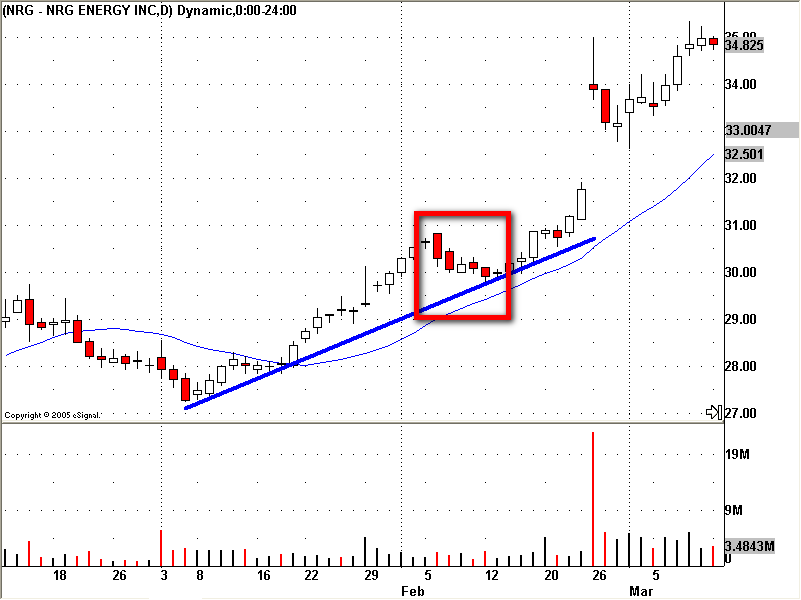
Bull Pullback Trading Pattern

SUMMARY:
Definition:
A Bull Pullback is when a price action within the context of an uptrend traces an orderly price decline/retracement/correction from the peak of an up leg. Also called a Pullback Buy.
Background:
The power of an upside move after a retracement can be greater after a strong and steady uptrend due to the possible increase of underlying support.
A Bull Pullback can be stronger when the most recent swing high is also an all time high due to the potential lack of future overhead resistance.
Practical Use:
Technical analysts will often use the Bull Pullback pattern to begin looking for buy entries as the asset reaches support or "wholesale" areas.

Bull Pullback Trade Setup:
This is a continuation pattern that often appears during an uptrend. It represents a temporary pause or decline in the prevailing bullish trend, before resuming its upward movement.
Components:
Prior Bullish Trend: Before the pullback, there should be evidence of a clear upward movement, indicating a prevailing bullish trend.
Pullback: A temporary decline in price following the upward trend. This pullback is usually on lower volume and represents a short-term profit-taking or a consolidation before the trend resumes. It's essential to note that the pullback should not be so deep that it erodes the majority of the prior uptrend.

Entry & Exit:
Entry: Traders often enter a long position when there are signs of the pullback ending and the bullish trend resuming. This could be signaled by candlestick patterns (like a bullish engulfing), other technical indicators, or a return of volume to the upside.
Target Price: Depending on the trader's strategy, the target could be the prior high or extended to a new high using Fibonacci extensions or other projection techniques.
Stop Loss: A common strategy is to place a stop loss below the lowest point of the pullback or under a significant support level to protect against the possibility that the pullback is the start of a larger reversal.

Predictability & Factors to Consider:
Depth of the Pullback: A shallow pullback (often retracing 38.2% or 50% of the prior move) is often seen as a healthy correction in a strong trend. A deeper pullback might signal weakening momentum.
Volume: The volume during the pullback should typically be lower than the volume during the upward trend, indicating less conviction in the downward movement. An increase in volume as the trend resumes reinforces the bullish continuation thesis.
Trend Confirmation: The pullback should align with the stock's overall trend. If the long-term trend is bullish, the bull pullback is seen as a more reliable continuation pattern.
Trade Example:
Imagine a stock that has been on a strong upward trend from $50 to $60 over several days. Following this move, it experiences a slight decline to $57 over the next two days on reduced volume. Observing this pullback, a trader identifies it as a buying opportunity, expecting the upward trend to resume. If the stock starts moving up again with increased volume, a trader might enter a long position aiming for a target beyond $60, based on their projection method. The stop loss might be set just below $57 or a significant support level.
WARNING: As with any technical pattern, it's critical to approach the bull pullback with caution. Though it may show predictability in some situations, no pattern offers guaranteed results. External factors and sudden market news can affect the stock's price action. Always utilize multiple indicators and comprehensive due diligence to enhance trading decisions. This is for educational purposes only. Always consult a registered investment advisor before trading.
Get 6 (downloadable) trading tutorials emailed to you right now--FREE.


